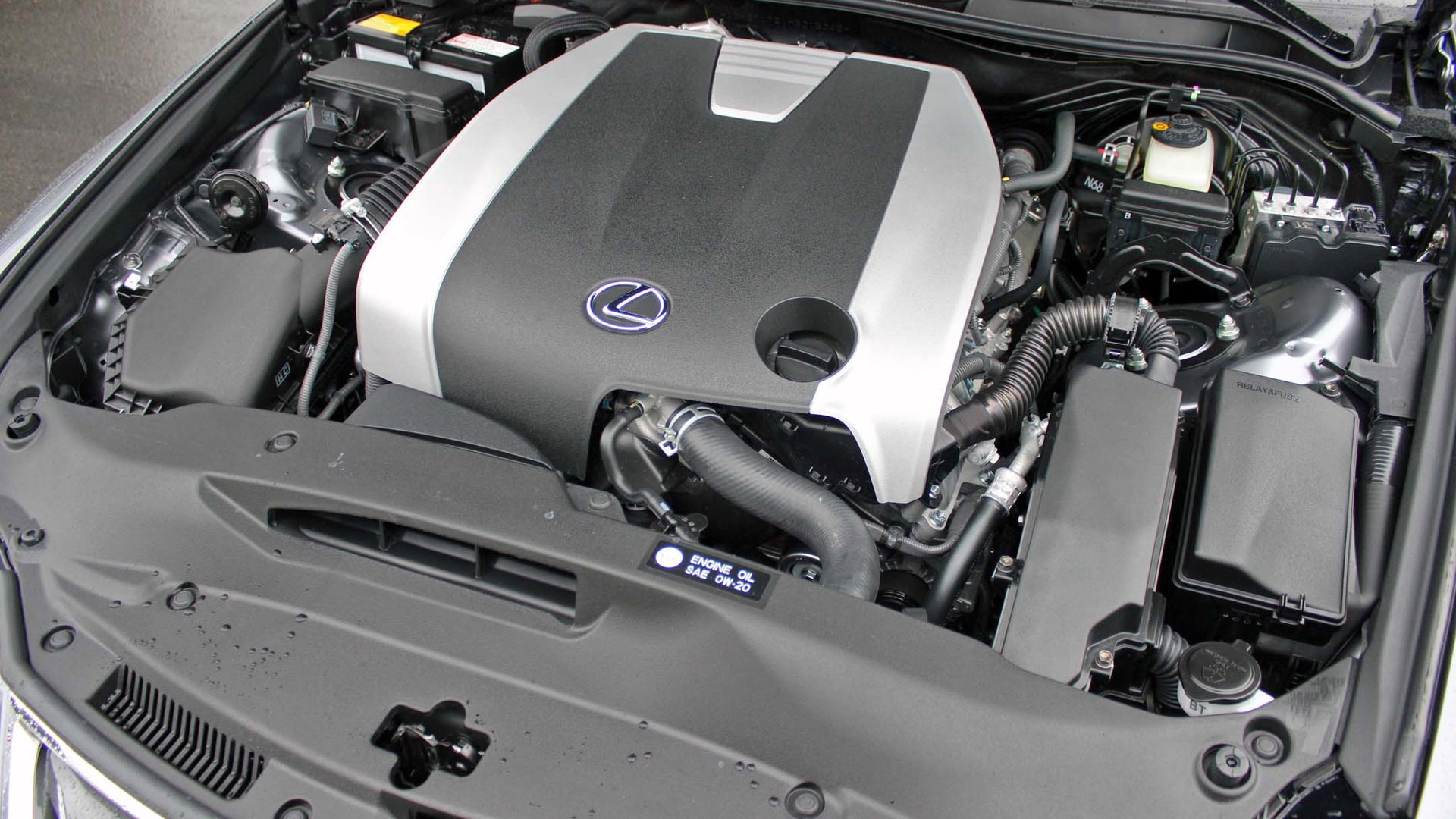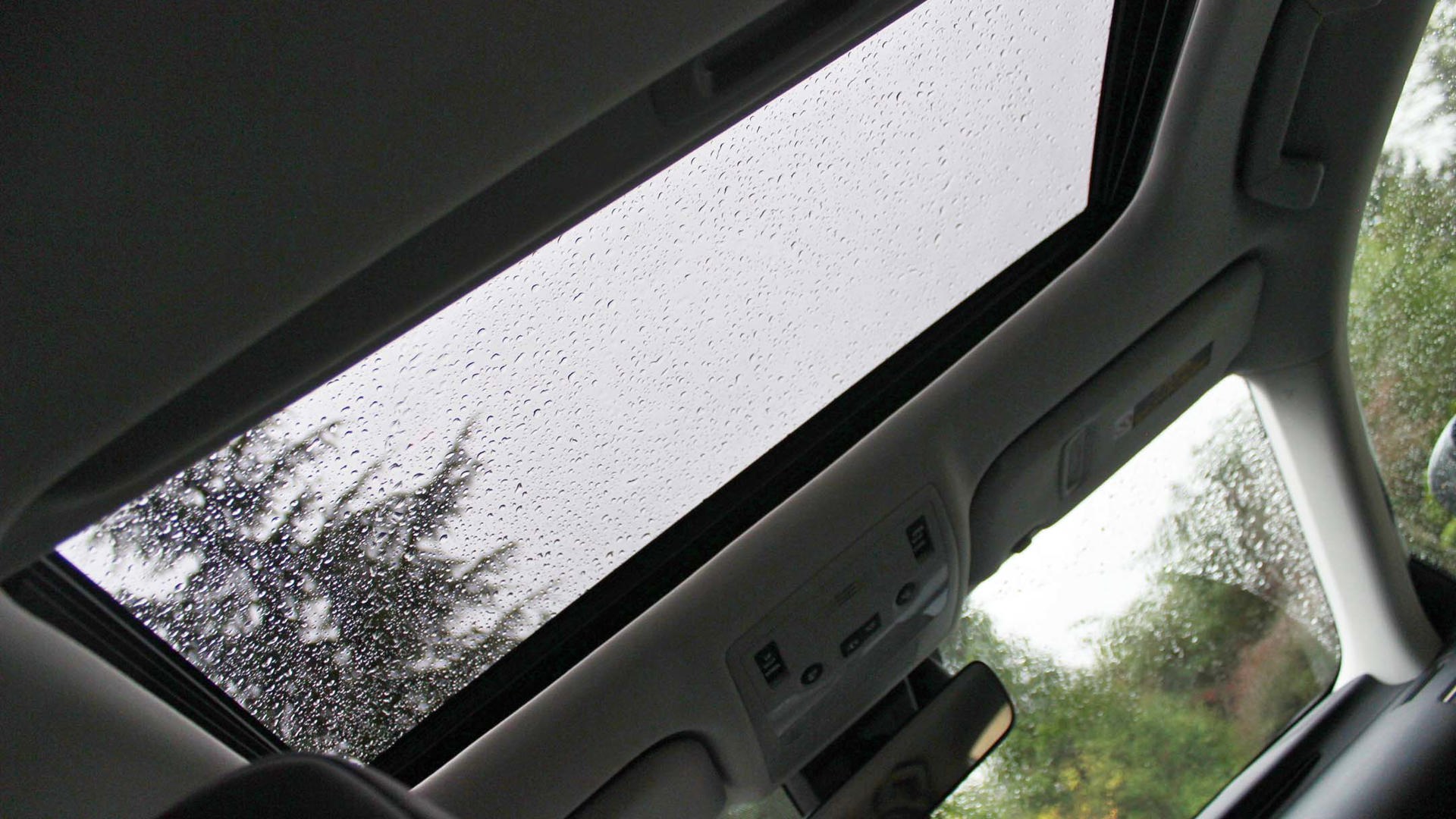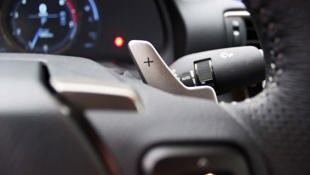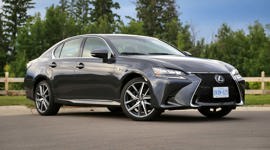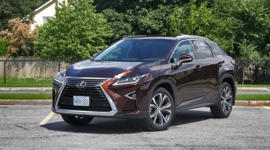The Lexus IS continues to be one of the hottest-selling models for Toyota’s luxury brand, and in an effort to keep things fresh and appealing to younger buyers (the IS is their vehicle of choice, according to Lexus) a slight nip ’n’ tuck has been carried out for the 2017 model year.
Like any good message in a family movie or book, it’s what’s inside that counts.
The subtle styling additions are nice, but like any good message in a family movie or book, it’s what’s inside that counts. First, though, let’s take a look at what’s gone on outside.
New headlight lenses are meant to draw more attention to the LED daytime running lights, but it’s what they’re shrouding that really grabs the eye: LED headlights, now standard on all trims all the way down to the entry-level IS200t model, which also sees its price of entry drop to $40,150: $1,000 down on last year’s model. That’s a good start.
Also new when it comes to the front fascia is a re-designed spindle grille on F-Sport models (a designation that can be applied to all three available engines), while non F-Sport models get a slat-style grille. Meanwhile, just so the grille doesn’t hog all the attention – most of it, just not all – the front bumper now features larger functional air intakes.
The rear fascia has also been given a touch-up in an effort to look a little more substantial, but even it doesn’t get away from that darn spindle grille as the way the license plate holder meets the taillights is meant to reflect the hourglass shape of the front grille. Speaking of the taillights: they’ve also been redesigned, with a 3D effect and are LEDs on every trim. Every trim also gets a pair of new chrome-tipped exhaust outlets, regardless of engine size or model – IS200t (I4 turbo, 241 hp, 258 lb-ft), IS300 (V6, 255 hp, 236 lb-ft) or IS350 (V6, 306 hp, 277 lb-ft). A set of new Y-spoke 18-inch alloys round out the exterior additions, though F-Sport models get the same LFA supercar-inspired wheels from last year. They do shroud some big brakes, however: the IS200t gets 11.7-inch front and 11.4-inch rear rotors, while the two V6 AWD models – no AWD with the four cylinder – get ventilated 13.1 inchers up front and 12.2-inch items at the rear, also ventilated. We had the chance to put all of this to the test on both the wonderfully winding roads of BC’s Vancouver Island, as well as on the track at the brand new Vancouver Island Motorsport Circuit in Cowichan, BC.
Exterior changes aside, the interior additions are the real story. Namely, the addition of Lexus Safety System Plus to all trims is the real story. It adds active lane-keeping assist, dynamic cruise control, auto-dimming headlights and pre-collision detection with pedestrian warning. The only real options in the safety department are adaptive, swivelling headlamps and blind-spot awareness, both of which come as standard on the IS350 and are optional throughout the rest of the line-up.
If your interest in a vehicle’s electronics revolves more around the infotainment than dreary old driver aids, then the ’17 IS has something for you too. Don’t get too excited; the system isn’t all-new or anything like that and still displays some slightly dated graphics and is controlled by a finicky mouse-like controller on higher trims, but at least all of that can now be displayed on an optional 10.3-inch screen atop the centre stack (a 7.0-inch screen is standard). It’s bigger and sharper, too, and makes the overly sensitive cursor a little more bearable. It acts as your conduit to either a standard 10-speaker audio system, or 15-speaker, 835 watt Mark Levinson unit with in-dash DVD changer. That ML unit is a sharp one, and while it’s not technically new this year, it’s a mighty fine unit that continues to match up with the competition.
The last big addition to the interior include new seats on F-Sport models, designed to provide more side bolstering and support, with a cleaner look overall thanks to a new foam-injection process. Personally, I didn’t find them all that more bolstered than the previous car, but they are comfortable and the material is pulled nice and taut around them, avoiding unsightly bunches and creases. NuLux synthetic leather is the standard choice on all cars, though Executive models get real leather.
So, while power figures and chassis tuning hasn’t really changed, we were still intrigued to see how the ’17 IS could handle itself on the open road and track, especially in IS200t form, which is a powertrain combination that should work very well in this segment.
Indeed, upon first blush, it does. Especially as you pull off: give it the beans, and you’re treated to some brisk acceleration accompanied by a surprisingly vocal exhaust note. It’s one that is digitally enhanced, as so many manufacturers are wont to do in this age of the less-than-vocal turbocharged motor. So it’s not the lack of proper engine/exhaust note that belies the fact the IS200t is turbo’d.
That comes in the form of a little turbo lag as you first dip the throttle, though it’s not as if you’re going to have to plan way ahead through a turn – on the track or otherwise – on when best to throttle-in in order to get the right amount of boost at the right time. Still, the V6 cars we sampled are always going to have the I4 beat on the get-up-and-go front.
That being said, once you get moving, that tends to change.
First of all, if you look at the stats, the turbo actually makes more torque than the V6 in the IS300, and has less weight to haul around due to being down two cylinders and a front differential, as V6 models are available only with AWD.
The result is a car that feel remarkable lively as you begin to get on it, and will be able to keep pace with the V6 cars – well, the IS300, anyway – on the open road with little difficulty. Sure, when you get on the track and take more liberties with the throttle pedal – as everything’s so much more predictable – the IS200t begins to lose the pace a little in the straights.
Keep the turbo four on boil through the bends, however, and you’ll be nipping a V6-powered bumper or two. That lighter front end coupled with the RWD platform means left-to-right transitions happen almost as quickly as steering inputs are received. The Vancouver Island Motorsport Circuit features two great chicanes that do well to showcase a vehicle’s chassis response and the IS200t did well through these, even as speeds increased as we learned the track. We were driving in a column, and while the V6 cars would pull away on the straights, the IS200t’s prowess in the corners would close that gap pretty quickly.
The linear torque curve of the V6 has its charms too, however; you realize as you delve further and further into the throttle that this is a truly quick car, and that as good as modern turbocharged powerplants can be, the way a big, barrel-chested V6 delivers its power hit is hard to replace.
That becomes even more apparent when you begin to consider the transmission. The IS200t comes only with an eight-speed auto, while both V6s get six-speed autos. Lexus maintains that they’d put the eight-speed in the V6 models if they could, but the packaging of the AWD system is such that it won’t fit. According to them, the eight-speed leads to more efficient progress, and while that may be true, I did find that it spent a lot more time sniffing for gears both on the track and open road. Its attitude on the track isn’t so surprising, but I would have liked it to be a little more relaxed on the highway.
The IS300 and 350, for their part, are true highway queens. They meet their peak torque levels later in the rev band than the I4, but coupled with that six-speed auto, they’re much more comfortable at highways speeds than the 200t.
Having said that, after putting all three of these through their paces, the IS200t was the standout for me, just as I thought it would be. It’s got the power, it handles incredibly well – the lighter front end doesn’t lead to more bob over larger bumps, as I thought it might – and it’s got the lowest cost of entry. Add the fact that you can spec it nearly as well as you can the other models, and you have a bit of a diamond in the rough not just at Lexus, but in the luxury performance compact segment as a whole.
Pricing: 2017 Lexus IS
IS200t RWD: $40,150
IS200t RWD F Sport Series 1: $44,950
IS300 AWD: $42,950
IS300 AWD Premium Package: $44,850
IS300 AWD Luxury Package: $49,650
IS300 AWD F Sport Series 1: $46,750
IS300 AWD F Sport Series 2: $49,100
IS350 AWD (F Sport Series 2 comes as standard): $53,350
IS350 AWD Executive Package: $54,350
IS350 AWD F Sport Series 3: $54,650












